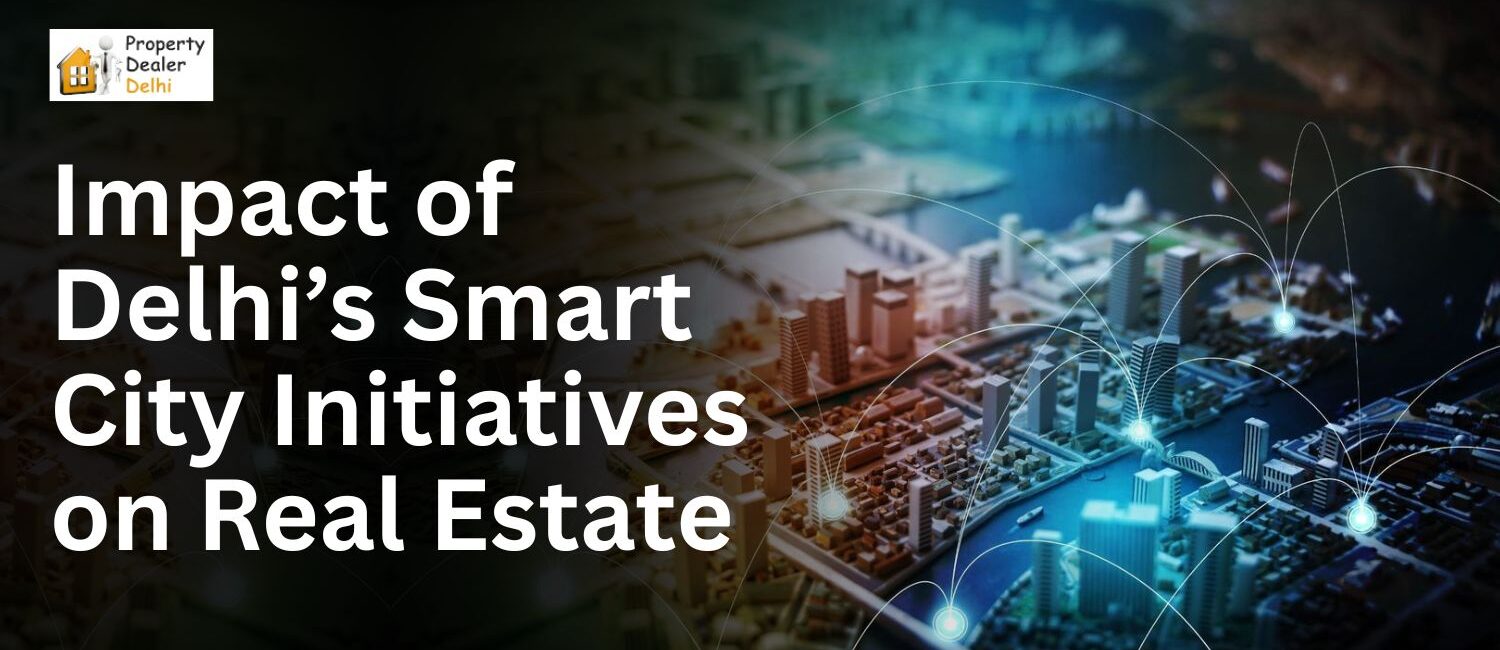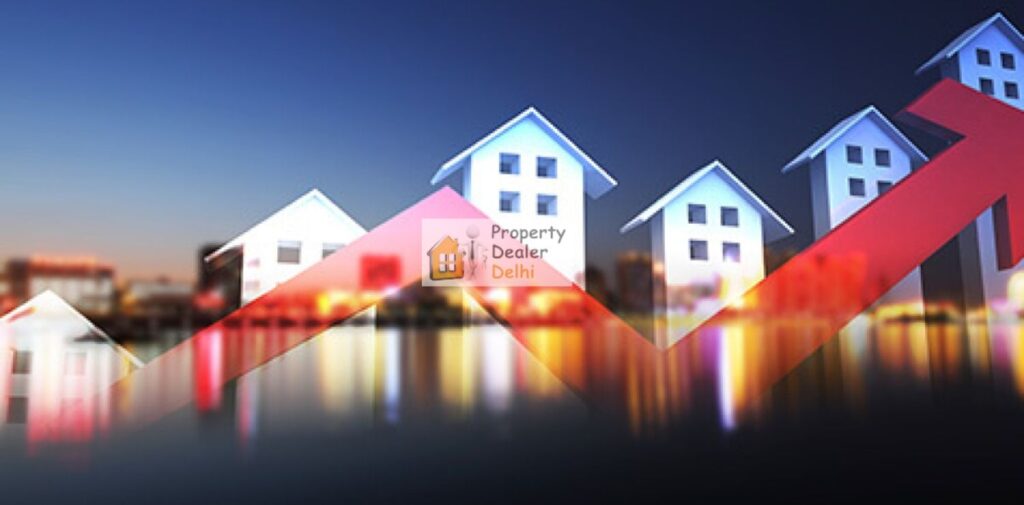
Delhi, the capital of India, is undergoing a transformation thanks to its ambitious Smart City initiatives. These initiatives are designed to improve urban infrastructure, enhance the quality of life for residents, and boost economic growth. The focus is on making the city more efficient, sustainable, and technologically advanced. As Delhi embraces these changes, one area that is being significantly impacted is real estate. With improvements in infrastructure, technology, and connectivity, Delhi Smart City Initiatives on Real Estate are shaping the future of the city’s property market.
What are Smart City Initiatives?
Smart City initiatives are part of a nationwide effort by the Indian government to create more sustainable, connected, and livable cities. In Delhi, this means upgrading infrastructure, introducing advanced technologies, and improving services such as transportation, waste management, water supply, and healthcare. These changes are being implemented in various parts of the city, with a focus on improving efficiency and reducing the carbon footprint.
The key elements of Delhi’s Smart City projects include the introduction of smart traffic management systems, development of energy-efficient buildings, installation of Wi-Fi hotspots, and implementation of digital governance. These upgrades are not only making the city more convenient for its residents but also attracting attention from investors and homebuyers alike. The improved quality of life, coupled with technological advancements, has led to significant changes in the real estate market.

Increased Property Demand and Appreciation
One of the most noticeable impacts of the Smart City initiatives on real estate is the increase in property demand. Areas that are benefiting from infrastructure improvements such as better roads, enhanced public transportation networks, and improved safety measures are becoming more desirable for both homebuyers and investors. As these areas become more connected and technologically advanced, people are willing to pay a premium for properties in these locations.
For example, localities like Dwarka, Narela, and East Delhi are seeing a surge in real estate activity due to improved connectivity and the development of smart infrastructure. The installation of smart traffic lights, better roads, and metro connectivity are making these areas more attractive for residents and businesses. As demand for properties in these areas rises, property values are also appreciating. This creates an opportunity for investors to benefit from higher returns on investment in these rapidly developing localities.
Improved Infrastructure and Connectivity
The backbone of any Smart City initiative is the improvement of infrastructure. In Delhi, the implementation of smart infrastructure is drastically changing the way people live and commute. The city’s metro system, for instance, has been expanded and integrated with new technologies to make commuting easier and more efficient. Additionally, the development of roads, flyovers, and public transportation networks is easing traffic congestion and improving overall connectivity.
These infrastructure improvements are directly impacting the real estate market. Areas that were once considered distant or less accessible are now becoming prime real estate locations due to improved connectivity. The ease of transportation and reduced travel time to key areas such as business districts and commercial hubs is making these localities more attractive for homebuyers and tenants. With better infrastructure, there is a growing demand for both residential and commercial properties in such areas, leading to price appreciation and a more active real estate market.

Sustainable Development and Green Initiatives
Another important aspect of Delhi’s Smart City initiatives is the focus on sustainability. The city is adopting green building practices, energy-efficient solutions, and waste management systems that promote environmental conservation. Real estate developers are increasingly incorporating sustainable features such as solar panels, rainwater harvesting systems, and energy-efficient lighting into their projects.
This shift towards sustainable development is influencing the type of properties people are looking for. Homebuyers and investors are now more inclined to choose properties that are environmentally friendly and energy-efficient. The growing awareness of climate change and the need for greener living spaces is pushing the demand for properties that align with these values. Areas that embrace sustainable living and incorporate green building technologies are becoming more attractive to a growing segment of buyers who prioritize eco-friendly living.
Additionally, smart waste management and water conservation systems are helping to improve the quality of life in residential complexes, making them more desirable for potential buyers and tenants. This trend is also encouraging real estate developers to focus on creating properties that are both technologically advanced and environmentally sustainable.
Conclusion: Delhi Smart City Initiatives on Real Estate
Delhi’s Smart City initiatives are having a profound impact on its real estate market. With improvements in infrastructure, connectivity, sustainability, and the introduction of advanced technologies, the city is becoming an increasingly attractive place to live and invest in. Property demand is rising in areas that are benefiting from these initiatives, and real estate prices are appreciating as a result. The focus on smart, sustainable development is reshaping the types of properties that buyers are looking for, with an increased demand for eco-friendly, energy-efficient homes.
As these Smart City projects continue to evolve, they will not only enhance the quality of life for Delhi residents but also open up new opportunities for real estate investors. By staying informed about these developments, buyers, sellers, and investors can make more strategic decisions and capitalize on the growing potential of Delhi’s real estate market.

